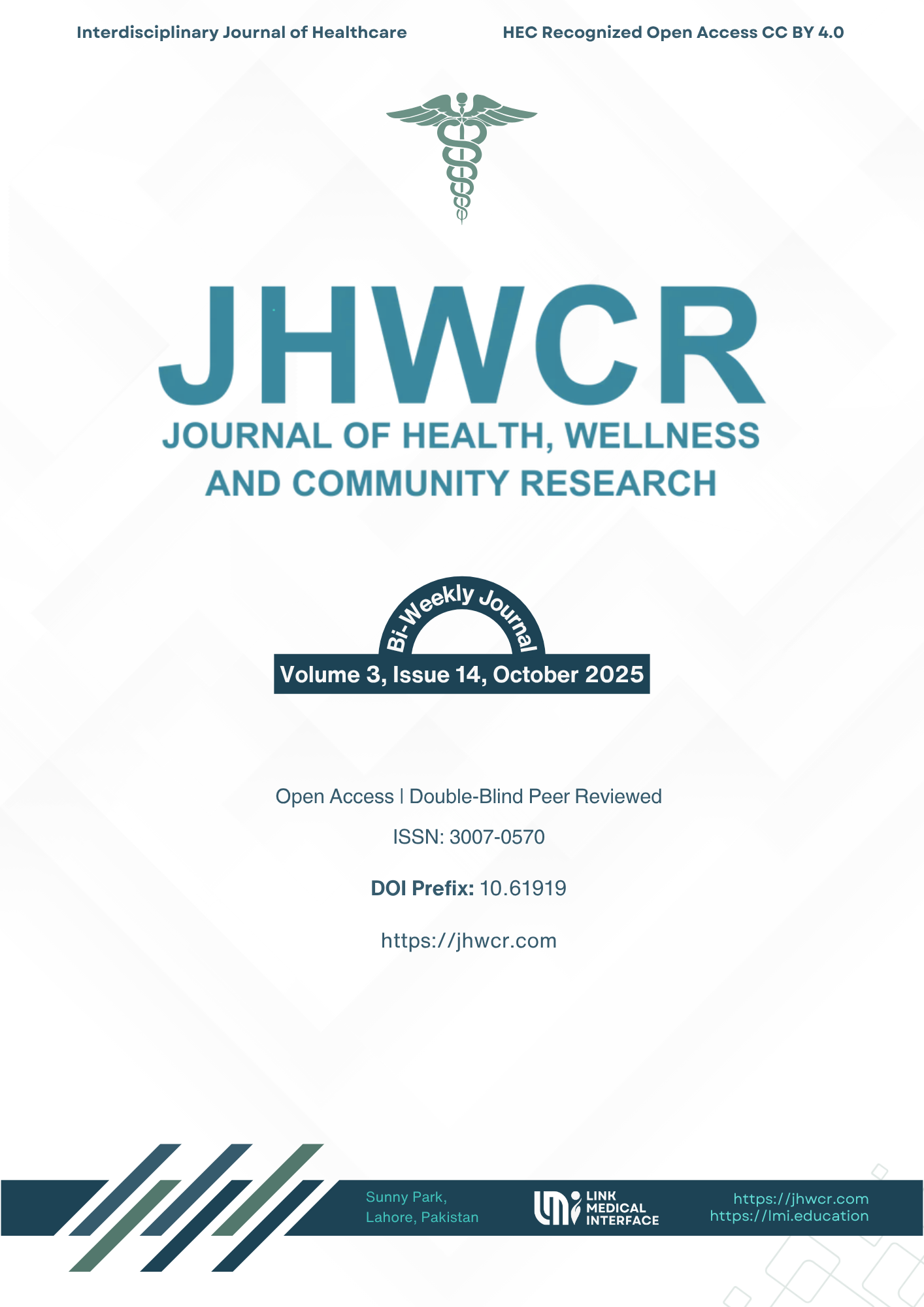Effects of Neurophysiotherapy and Tactile Stimulation on Sensory Recalibration in Children with Autism Spectrum Disorder
DOI:
https://doi.org/10.61919/y09pw914Keywords:
Autism Spectrum Disorder, Neurophysiotherapy, Tactile Stimulation, Sensory Integration, Sensory Recalibration, Balance, Multisensory ProcessingAbstract
Background: Sensory dysregulation, involving atypical tactile, proprioceptive, and vestibular responses, is a central challenge in Autism Spectrum Disorder (ASD) and contributes to deficits in balance, coordination, and adaptive behavior. Sensory recalibration—the nervous system’s capacity to reweight unreliable sensory inputs—is often impaired in ASD, resulting in inefficient motor control. Interventions such as Neurophysiotherapy (NPT) and Tactile Stimulation (TS) target complementary aspects of this dysfunction, but their combined effects remain insufficiently characterized. Objective: To examine the individual and combined effects of NPT and TS on sensory processing, balance, and multisensory recalibration in school-aged children with ASD. Methods: In this single-blind, four-arm randomized controlled trial, eighty children aged 6–12 years with clinically confirmed ASD and sensory processing difficulties were allocated to NPT, TS, combined NPT+TS, or treatment-as-usual (TAU). Interventions were delivered thrice weekly for eight weeks. Outcomes were measured pre- and post-intervention using the Short Sensory Profile (SSP), Pediatric Balance Scale (PBS), and Sensory Reweighting Index (SRI). ANCOVA adjusted for baseline values, and Hedges’ g quantified effect sizes. Results: All active interventions outperformed TAU, with the combined group achieving the largest gains: SSP +22.8 (p < 0.001, g = 1.25), PBS +8.8 (p < 0.001, g = 1.39), and SRI +0.22 (p < 0.001, g = 1.89). Improvements reflected both behavioral adaptation and physiological sensory reweighting, with high adherence (>92%) and no adverse events. Conclusion: Neurophysiotherapy and tactile stimulation each enhance sensory integration and balance in ASD, but their combination produces superior, synergistic effects. Integrating tactile modulation with motor retraining optimizes sensory recalibration, offering a clinically feasible pathway for improving functional adaptability in children with ASD.
Downloads
Published
Issue
Section
License
Copyright (c) 2025 Muhammad Baber Ikram, Tehmina Nazir, Chaman Lal, Ifrah Shouket, Nazish A Qadir, Hassan Javed (Author)

This work is licensed under a Creative Commons Attribution 4.0 International License.


